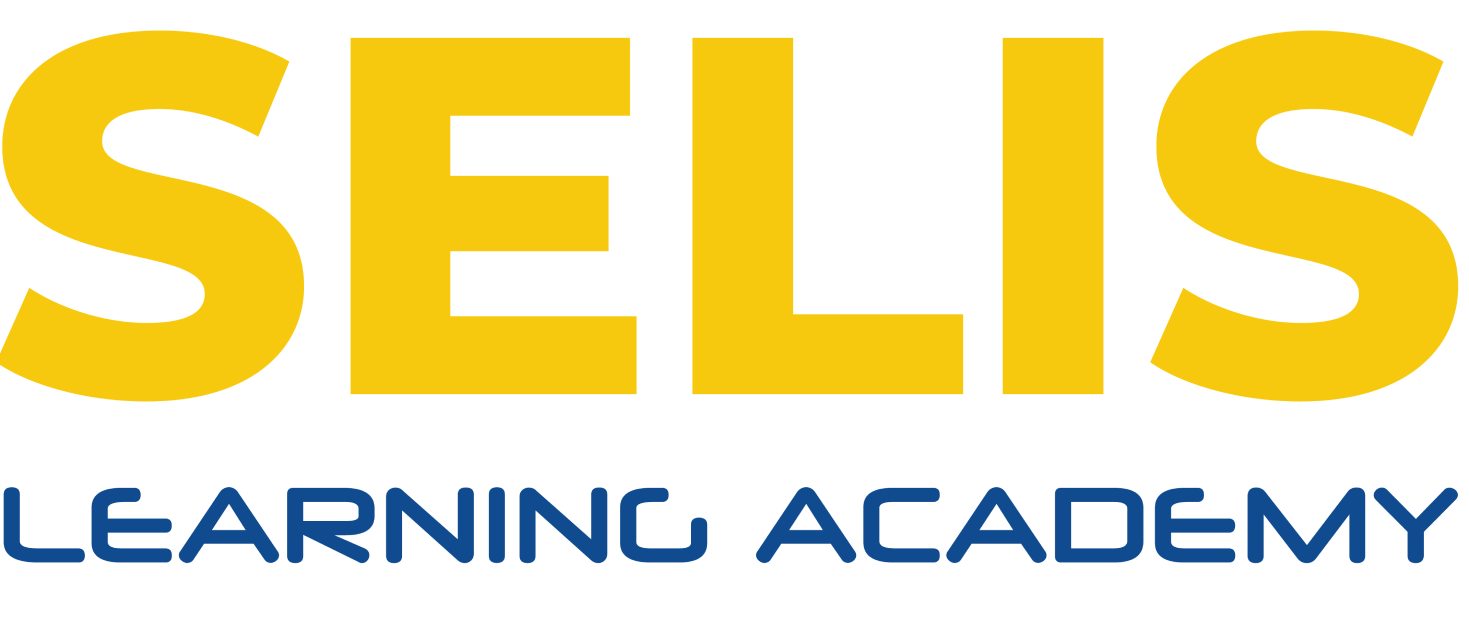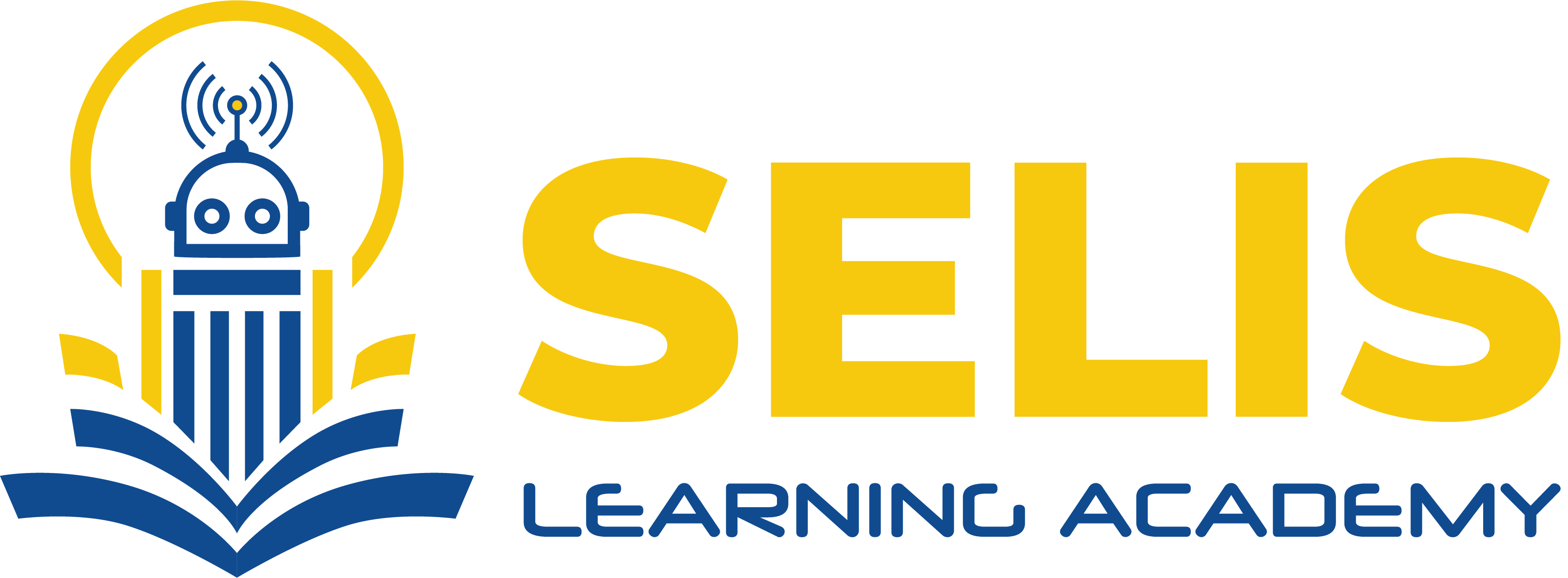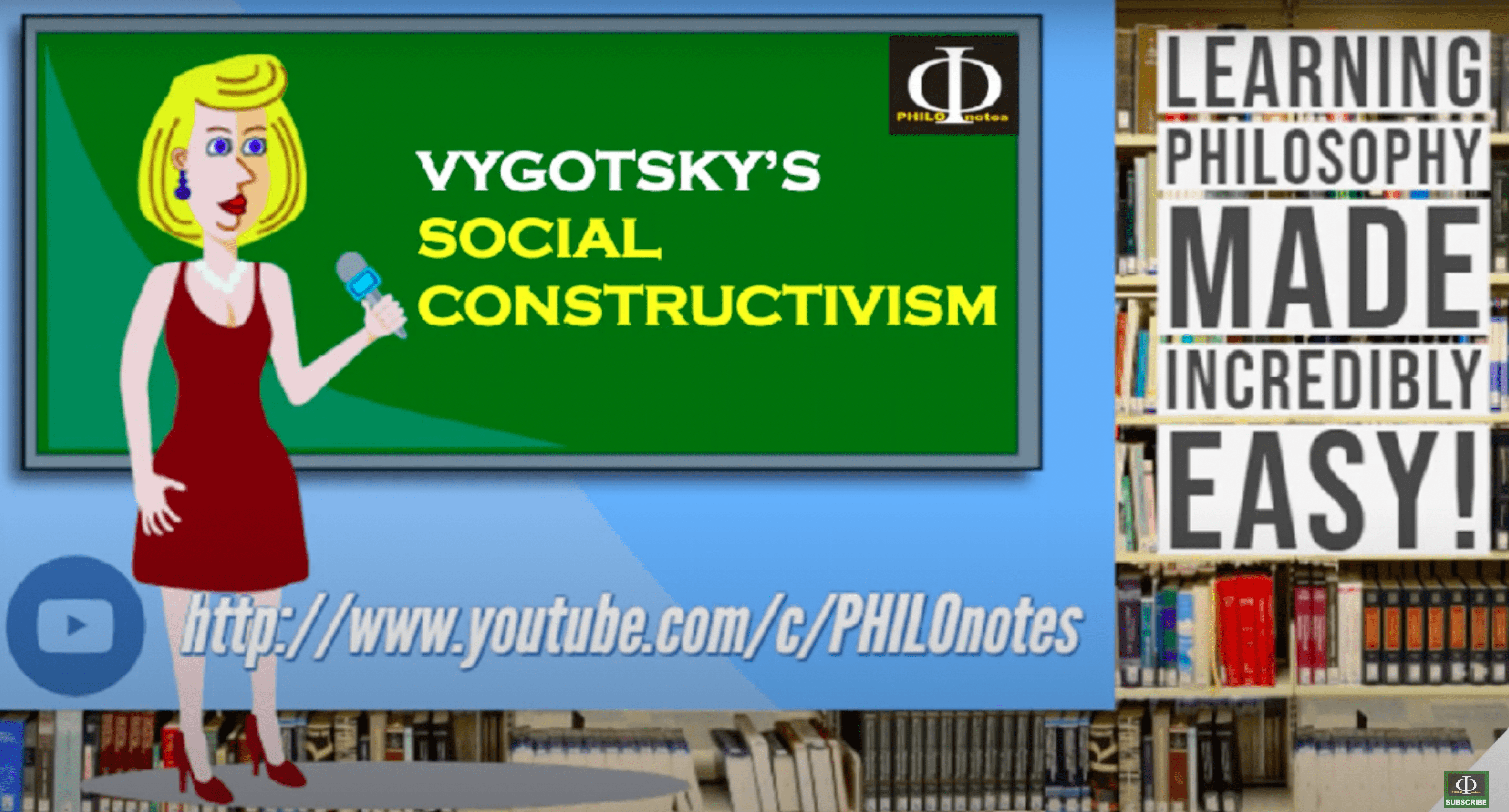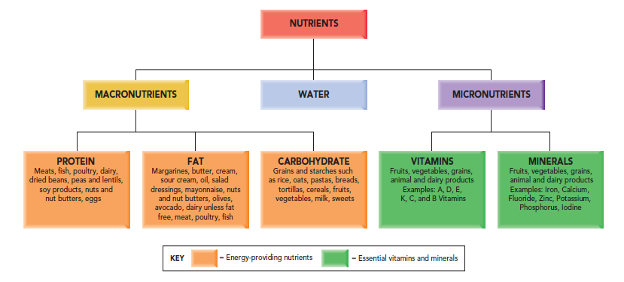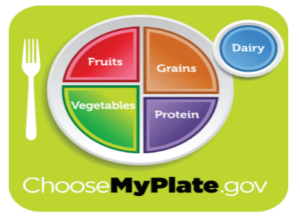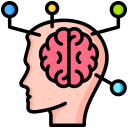
Educational Event Organization
We deeply value the active engagement and collaboration of our parent community. Our curriculum features a range of educational programs, each designed with engaging activities that offer numerous opportunities for parental participation. Your involvement not only enriches the learning experience but also strengthens the connection between home and school. Parents are warmly invited to immerse themselves in classroom activities, becoming a vital part of their child's educational journey. We encourage participation in various ways, such as leading special projects, sharing expertise during themed lessons, and organizing or joining educational field trips. Parents can also enhance the learning environment by volunteering for reading sessions, guest speaking on topics of interest, and assisting with classroom management. Such active involvement fosters a collaborative and supportive atmosphere that benefits both students and the school community.

Cultural Event Organization
In addition, we take great pride in creating an inclusive environment that celebrates each child’s uniqueness. Our school embraces the diverse cultures and traditions within our community, integrating these into our events and activities. We invite our parent community to actively participate in these celebrations, helping to foster a vibrant and supportive atmosphere where meaningful memories can be made. Your involvement in events such as science fairs, arts and crafts sessions, and cultural celebrations not only enhances the educational experience but also fortifies the connection between home and school. By working together, we enrich our students' educational journey and cultivate a strong sense of belonging and community that benefits their academic and social development.
